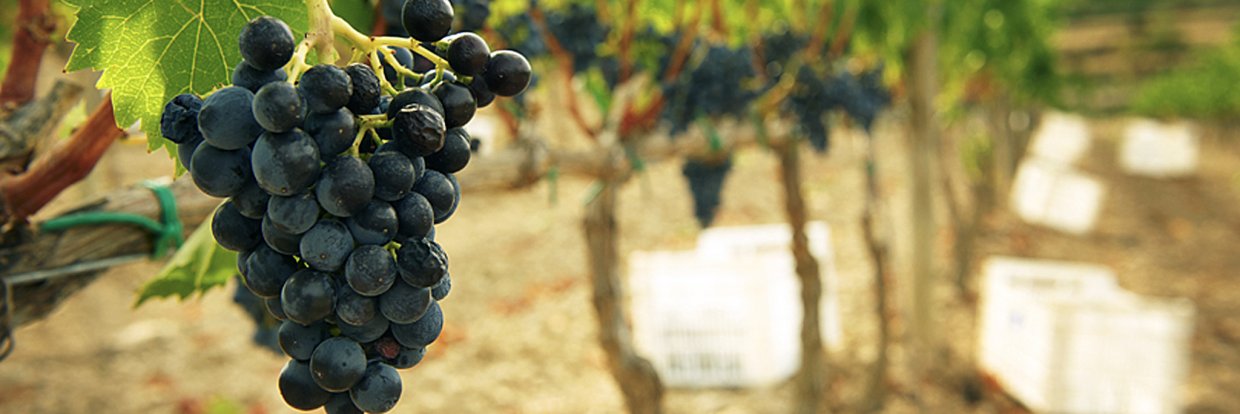The river Corb, which drains into the river Segre, has contributed to generating unevenness in the undulations of adjacent terrain as it has become embedded into the plain. The other important watercourse is Femosa stream, born in the shade of the Tallat mountain range. It flows into the Segre before the city of Lleida; the Fondo d'Espariguera or Fondo de Vinaixa and the Fondo de l'Aiguamoll or Fondo del Salat, are both tributaries of the Femosa near Les Borges Blanques.
Les Garrigues Baixes and the Corb valley have a very low population, being rural it is characterised by a declining population. Les Borges Blanques, Arbeca, Sant Martí de Riucorb, Vinaixa, L'Espluga Calba, Guimerà and Vallbona de les Monges stand out as the most important towns demographically. Other smaller towns in the area include La Floresta, Els Omellons, Llorenç de Rocafort, Rocafort de Vallbona and Vilet (in the municipality of Sant Martí de Riucorb), Nalec and Ciutadilla.
Most of these villages grew up around a castle or fortification and, aligned as they are along the Corb river valley, constitute a striking ensemble in the landscape.
FLORA AND VEGETATION
It has distinctly Mediterranean vegetation dominated by continental holm oak groves. Although Valencian oak groves can also be found in elevated and shady areas. The main plant formations that predominate the landscape are rosemary bushes, characterised by Erica multiflora and gorse. In most of the territory these shoots present a rather dense white pine tree stratum. On the other hand, kermes oaks can also be found. The kermes oak is not very extensive, restricted to high ground that is not suitable for cultivation. In shady areas it is common to find small clumps of littoral holm oak groves, represented by the holm oak, and above all by its accompanying species: strawberry tree, Viburnum tinus, butcher's broom, etc.
In some sections of the river Corb and the river Milans there is some fragmentary riparian forest vegetation that stands out extraordinarily in the landscape, although it is often nothing more than a narrow alignment of elms, silver poplars, willows, poplars, reeds and brambles that in some places, where the water slows, allow rushes and perennial false brome thicket to grow.
The predominant farming practices consist of dryland fruit trees (almond and olive trees) that extend over terraces and beds in the steepest areas. These farming practices include radish and rocket communities, which are very striking at the beginning of spring, after the almond blossom. The dryland arable crops (barley) are not so predominant, since they cover the flatter areas; some of these crops also feature a good example of Arvensian communities with colourful plants, such as the cornflower. Vines are grown throughout the Corb valley, from Guimerà to Belianes, taking advantage of these fresh and fertile alluvial lands.
WILDLIFE
The combination of forested areas in the highlands with cultivated areas in the lowlands, constitutes a highly diverse habitat for wildlife, especially for steppe birds and birds of prey, who find food and quiet nesting areas here. Furthermore, the higher reaches of the mountain ranges are migratory passageways for many bird species. Many species of wildlife also find refuge in the ditches and margins of the fields.
There is beautiful scenery to be discovered on routes between La Floresta and Fulleda, from Guimerà to Nalec, Albi-Vallclara, Maldà-Rocallaura and Vinaixa-Les Borges Blanques.
